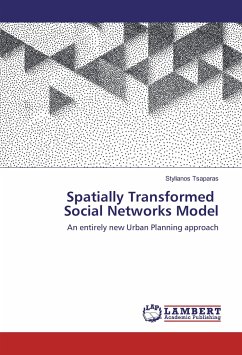The world of cultural heritage is undergoing a substantial transformation. The notion of cultural heritage has been extended beyond art works and monuments to include a larger number of natural and man-made works. We call this new type of heritage network cultural heritage , as it is composed of elements that are widespread and yet strongly connected. These new heritage networks are straining the system of cultural management and calling for new preservation tools. In this light, the role of web-applications appears crucial. Because of their decentralised nature, Internet technologies correspond perfectly to the emerging needs of cultural management and may affect every dimension of it: knowledge management, e-governance, e-administration, community-building, preservation activities. However, to profit from these technologies, the agencies in charge of network cultural heritage will be forced to innovate their structures and practices. This book aims to shed light on the use of the Web for renewing the organisation of cultural management. Two main case studies are discussed: the Italian agencies for heritage management (Soprintendenze) and the UNESCO World Heritage Centre.
Bitte wählen Sie Ihr Anliegen aus.
Rechnungen
Retourenschein anfordern
Bestellstatus
Storno








